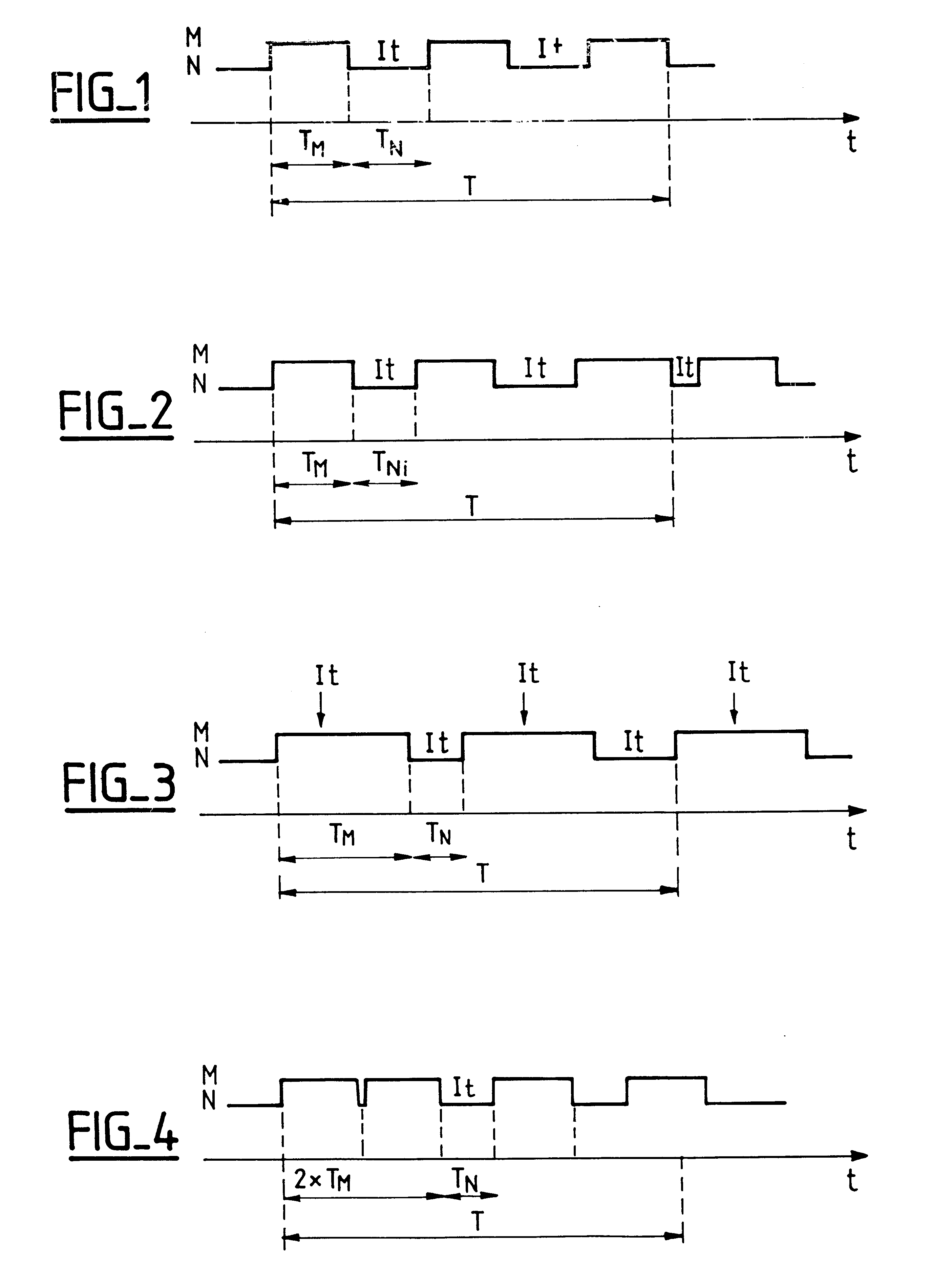Method of performing a task in real time by a digital signal processor
a digital signal processor and task technology, applied in the direction of data conversion, multi-programming arrangement, program control, etc., can solve the problems of significant slowdown, time is particularly precious in a real-time application, and the need for reloading is necessarily expensive in tim
- Summary
- Abstract
- Description
- Claims
- Application Information
AI Technical Summary
Benefits of technology
Problems solved by technology
Method used
Image
Examples
Embodiment Construction
The invention is based on the idea of grouping together interrupts that occur during the processing of a real-time task by the DSP so that the interrupts can be processed one after another prior to returning to the real-time task, and so as to reload the cache memory only after each group of interrupts has been processed instead of after processing each interrupt.
The interrupts are grouped together by masking them in a first period as is known in the prior art.
The invention consists in unmasking interrupts while processing the main real-time tasks so as to enable the interrupts to be processed, and then in masking them again for a given length of time.
The maximum time required for processing the real-time task is estimated by estimating the number of times the cache memory is emptied and then reloaded.
It is possible to discover the number of interrupts that occur during the processing of a DSP task, but that is not completely optimal.
Interrupts are associated with peripherals which ...
PUM
 Login to View More
Login to View More Abstract
Description
Claims
Application Information
 Login to View More
Login to View More - R&D
- Intellectual Property
- Life Sciences
- Materials
- Tech Scout
- Unparalleled Data Quality
- Higher Quality Content
- 60% Fewer Hallucinations
Browse by: Latest US Patents, China's latest patents, Technical Efficacy Thesaurus, Application Domain, Technology Topic, Popular Technical Reports.
© 2025 PatSnap. All rights reserved.Legal|Privacy policy|Modern Slavery Act Transparency Statement|Sitemap|About US| Contact US: help@patsnap.com


